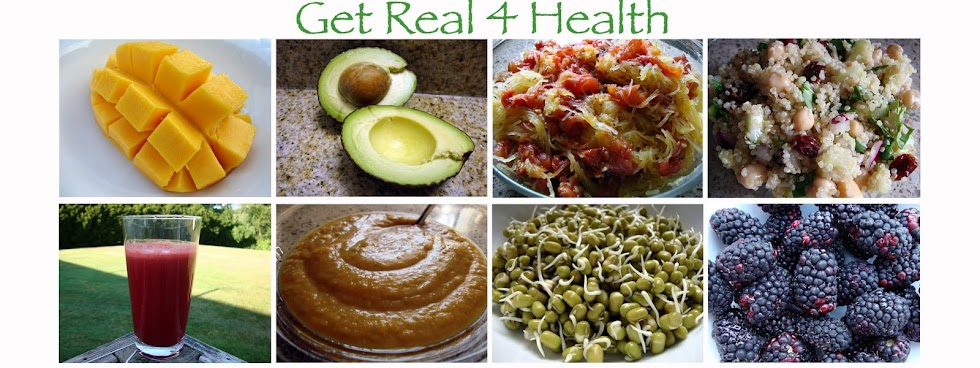
Maybe you remember the jingle, “The incredible, edible egg.” Well, it’s not an exaggeration. Eggs are incredible and are an economical choice for only a few calories and pennies per egg.
For a while now, the word has been that eggs are bad because they can raise cholesterol. Yet, it’s been shown that healthy people can safely eat one or two eggs/day. At one point last year, I was including one egg with my breakfast every morning, and I felt great!. It helped to keep my blood sugar levels even, so I wasn’t getting hungry, tired, or weak as the day went on. And it helped me eat less even later in the day. This is a wonderful benefit for those of you who may want to lose weight.
And if that isn’t enough reason for you to eat them, here’s some more information that may convince you:
1. At about 68 calories per egg, they’re a great soure of protein, selenium, iodine, B vitamins, phosphorus, vitamin D, and lutein, which is believed to be more bioavailable from eggs than from plant sources, like spinach!
2. Another important nutrient in eggs is choline which:
- helps to reduce inflammation in the body that can lead to heart disease, type II diabetes, Alzheimer’s disease, and osteoporosis;
- helps maintain levels of folic acid in the body;
- is a key component of the fats that form our cell membranes;
- is a building block of two major brain lipids – phosphatidylcholine and spingomyelin, which is part of the myelin sheath that surrounds axons;
- is used to make aetylcholine, an important neurotransmitter that functions at neuromuscular junctions (helps the nerves to stimulate muscles);
- is involved in a gene regulatory/epigenetic process referred to as methylation
You probably realize too, that except for the protein, this wealth of nutrients is found in the yolk–yes, the yellow part that everyone likes to leave out of their omelettes. The lecithin in the yolk is also an important emulsifier (it helps to mix water soluble and fat soluble substances together). So if you want the full benefits from your eggs, eat the yolks!!
And if you really want to eat the best possible eggs and are confused by all the labeling, check out this great blog by Eve Fox. She put together a nice summary of where to shop for eggs. Not surprisingly, it’s from local farms that pasture-raise their chickens. If you can find one around, take advantage of it. You’ll see an obvious difference in the color of the yolk–from a dull light orange/yellow from eggs in the store to a bright, rich-colored yolk in the pasture-raised eggs.
Now that you’re hopefully convinced that eggs can be a healthy part of your diet (unless you’re allergic to them of course!), here are a few suggestions on how to eat them:
1. Hard- or soft-boiled – I like these for taking to work; they travel well and can be easily sliced or scooped into a salad. As an aside here, I’ve also read that preparing eggs in this way helps to protect the valuable nutrients in the yolk.
2. Scrambled or as an omelette with avocado and salsa. I adore my eggs this way and often will use a salsa verde in this dish.
3. Chopped up with dressing as an egg salad or stuffed as in deviled eggs.
4. Dropped into soup during the last few minutes. You’ve probably heard of egg drop soup. Well, I drop eggs into soups of all kinds at the end to add the extra nutrients and bulk or meatiness. I’ll even do this with saucy pasta dishes.
5. In a frittata. This is one of my favorite ways to make eggs for several reasons.
- Just about anything can be added into a frittata: vegetables, herbs, cheese, meats, fish, etc.;
- They’re easy to prepare and look fancy. Unlike omelettes, there’s no flipping or folding and the usually come out of the pan very nicely;
- They travel well – I made one earlier this week and took it to work for lunch;
- Particularly if you’re adding vegetables (including green veggies), it makes a perfect meal.
Here’s the frittata I made this week. What you add is totally up to you but hopefully this one will inspire some great ideas!!
Vegetable Frittata
1 T butter
1 T grapeseed oil
6 eggs, beaten, with 1 t water added

½ c sautéed mushrooms – I used beech and shitakes. Above are beech mushrooms. These delicate little fungi come attached to a base which I've already chopped off here. Both these and the shitakes sauteed nicely in only a couple of minutes.

8-10 stalks of asparagus, steamed until crisp tender, chopped into 1” pieces – I tried white asparagus for the first time here! They're a little more work to prepare. The tough, outer layer must be removed; which I did with a vegetable peeler and then steamed briefly.
½ c of a leafy green (sautéed if tougher like dandelion or kale or raw if tender like baby spinach) – I used sautéed dandelion greens with garlic
1 T capers
A few anchovies – smoked salmon would work well here too
Sea salt and pepper to taste
Chopped scallions and fresh parsley for a garnish
Put the oven on broil with the rack on the second shelf from the top. Melt the butter with the oil in an oven-ready skillet over medium heat. When the pan is hot, add the eggs.



No comments:
Post a Comment